1,460cc DOHC 16-Valve 4-Cylinder Engine
Roots-type Supercharger
Single Solex Updraft Carburetor
Est 120 bhp at 5,000 rpm
4-Speed Manual Transmission
4-Wheel Leaf Spring Suspension
4-Wheel Hydraulic Drum Brakes
*The very last racing car designed by perhaps the Greatest car designer of all time - Ettore Bugatti
*The sole Bugatti Type 73C example to be listed in Hugh Conway's 1962 Bugatti Register
*Kept in numerous prominent Bugatti and racing car collections
*Sophisticated chassis design and powerful supercharged all-alloy twin-cam 16-valve engine
THE BUGATTI TYPE 73
Ettore Bugatti's death on 21st August 1947 - his son Jean having perished in a testing accident in 1939 - effectively signaled the beginning of the end for the original Bugatti firm. By the early 1930s Ettore Bugatti had established an unrivalled reputation for building cars with outstanding performance on road or track; the world's greatest racing drivers enjoying countless successes aboard the Molsheim factory's products and often choosing them for their everyday transport. And although the coming of World War 2 would see the Molsheim factory reduced to ruins, it did not stop work on the development of new models, one of which - a supercharged four-cylinder - had been hinted at by Jean Bugatti in 1939. That car was the Type 73, a 1½-liter model to be built in a variety of forms for both road and track use.
The Type 73's all-alloy engine featured wet cylinder liners, a five-bearing crankshaft, and a detachable cylinder head, the latter a first for Bugatti, two camshafts and 16 valves, while the gearbox was an all-synchromesh four-speeder in the 73C (as the racing version would be named), it was initially planned to fit the road version with an automatic transmission designed by Ettore Bugatti himself. Although no road car was ever fitted either with this gearbox or the twin-camshaft engine, the realities of attempting to productionize the design dictated it would be fitted with a single camshaft engine and a Cotal gearbox.
In a letter dated 27 September 1945 to Laurence Pomeroy, the editor of The Motor, Monsieur R.A. Bouchard of the Bugatti Company in Paris advised that the racing chassis was to be of ultra-low build, being derived from that of the pre-war 4.7-liter Type 59/50 B racing car, whilst its engine was to feature all-alloy construction with detachable wet cylinder liners and a five-bearing crankshaft. Transmission was to be by a four speed all synchromesh gearbox, and the car's total weight was not to exceed 600kg. At a price of 500,000 French francs each, five were to be delivered in April 1946, with five more during each of the next three months. Already fifteen French racing drivers had each lodged deposits of 25,000 francs, and English readers of The Motor were invited to order the remaining five planned, though this ambition would prove impossible to fulfil in the difficult economic conditions of the immediately post-war years. Nevertheless, production got under way at the old La Licorne factory in Levallois, Paris, the Molsheim site being still unusable. At the 1947 Paris Motor Show, held at the Grand Palais in October, an engine-less Type 73 chassis was displayed together with examples of both the single-cam and twin-cam engine. Eventually a batch of five complete sets of parts for the Type 73C racing model was produced, whilst an artist's impression of a planned aerodynamic sports saloon appeared in several Continental motor magazines.
One hopeful racing car buyer, Serge Pozzoli, who had placed his order at the Paris Motor Show, recalled later that he had visited the Bugatti Works and seen several chassis, and one complete racing car with a running engine. However, without Ettore's impetus the whole project slowly ground to a halt, the unfinished cars were dismantled, all their parts were stored at Molsheim and deposits were returned to the would-be owners. The stock of Type 73C parts remained in storage at Molsheim until 1960 when one set of components - chassis '73C 001' - was acquired by Jean de Dobbeleer, the Brussels-based Bugatti agent. De Dobbeleer fitted a monoposto body based on proposals for Type 73C coachwork made in 1945 by Bugatti designer, Antoine Pichetto. The car was quickly sold on and de Dobbeleer then returned to Molsheim and acquired a second Type 73C, the very car offered here today - 73002.
THE MOTORCAR OFFERED
After having acquired and quickly selling the first Type 73C, de Dobbeleer returned to Molsheim in 1961 and acquired the parts for another Type 73C, the car offered here chassis no. 73002 - or 73C 002 - which he proceeded to assemble, and then sold its body-less chassis to the US via his American agent Gene Cesari. This car was the sole Type 73C to be listed in Hugh Conway's 1962 Bugatti Register, in which its owner was listed as Jerry Sherman of Pennsylvania. Thereafter it was acquired in 1969 by Eric Richardson, a leading American Bugatti authority of his day, before acquired by the late Tom Wheatcroft who was then both purchasing and assembling what was to become his famous Donington Collection of Grand Prix racing cars. Type 73C 73002 was fully restored in the Donington workshops to the high mechanical and cosmetic standard invariable achieved by Wheatcroft, who always insisted that his cars should perform and drive as well as they looked. The car was then fitted with a copy of the second of Pichetto's 1945 73C body designs, this one featuring a cowled radiator grill typical of the late pre-war and early post-war period. Tom Wheatcroft often invited his many racing driver friends to private track day sessions at his Donington Park track, and accordingly this particular car was driven from time to time on such occasions by Wheatcroft and his associates throughout his period of ownership. However, wishing to accommodate a selection of much more recent racing cars, Wheatcroft decided to sell several of the exhibits displayed in his Donington Collection, and in 1994 he sold his Bugatti Type 73C to Alberto Lenz of Mexico. Lenz sold the car to the previous owner in 2002, during which time numerous improvements was carried out, including fitting the car with piano wire wheels and hubs by Crosthwaite & Gardiner, and cycle wings to make the car more road worthy.
Offered from a Texas-based collection where the car has been stored in climate-controlled warehouse for the past 16 years, the Type 73C Bugatti was in truth a factory prototype model which fortune dictated that it was never to show its true potential in period motor racing, yet it does have one claim to fame which it will retain for all time. It was the very last racing car designed by perhaps the greatest and certainly the most successful racing car designer of all time - Ettore Bugatti
1,460cc DOHC 16-Valve 4-Cylinder Engine
Roots-type Supercharger
Single Solex Updraft Carburetor
Est 120 bhp at 5,000 rpm
4-Speed Manual Transmission
4-Wheel Leaf Spring Suspension
4-Wheel Hydraulic Drum Brakes
*The very last racing car designed by perhaps the Greatest car designer of all time - Ettore Bugatti
*The sole Bugatti Type 73C example to be listed in Hugh Conway's 1962 Bugatti Register
*Kept in numerous prominent Bugatti and racing car collections
*Sophisticated chassis design and powerful supercharged all-alloy twin-cam 16-valve engine
THE BUGATTI TYPE 73
Ettore Bugatti's death on 21st August 1947 - his son Jean having perished in a testing accident in 1939 - effectively signaled the beginning of the end for the original Bugatti firm. By the early 1930s Ettore Bugatti had established an unrivalled reputation for building cars with outstanding performance on road or track; the world's greatest racing drivers enjoying countless successes aboard the Molsheim factory's products and often choosing them for their everyday transport. And although the coming of World War 2 would see the Molsheim factory reduced to ruins, it did not stop work on the development of new models, one of which - a supercharged four-cylinder - had been hinted at by Jean Bugatti in 1939. That car was the Type 73, a 1½-liter model to be built in a variety of forms for both road and track use.
The Type 73's all-alloy engine featured wet cylinder liners, a five-bearing crankshaft, and a detachable cylinder head, the latter a first for Bugatti, two camshafts and 16 valves, while the gearbox was an all-synchromesh four-speeder in the 73C (as the racing version would be named), it was initially planned to fit the road version with an automatic transmission designed by Ettore Bugatti himself. Although no road car was ever fitted either with this gearbox or the twin-camshaft engine, the realities of attempting to productionize the design dictated it would be fitted with a single camshaft engine and a Cotal gearbox.
In a letter dated 27 September 1945 to Laurence Pomeroy, the editor of The Motor, Monsieur R.A. Bouchard of the Bugatti Company in Paris advised that the racing chassis was to be of ultra-low build, being derived from that of the pre-war 4.7-liter Type 59/50 B racing car, whilst its engine was to feature all-alloy construction with detachable wet cylinder liners and a five-bearing crankshaft. Transmission was to be by a four speed all synchromesh gearbox, and the car's total weight was not to exceed 600kg. At a price of 500,000 French francs each, five were to be delivered in April 1946, with five more during each of the next three months. Already fifteen French racing drivers had each lodged deposits of 25,000 francs, and English readers of The Motor were invited to order the remaining five planned, though this ambition would prove impossible to fulfil in the difficult economic conditions of the immediately post-war years. Nevertheless, production got under way at the old La Licorne factory in Levallois, Paris, the Molsheim site being still unusable. At the 1947 Paris Motor Show, held at the Grand Palais in October, an engine-less Type 73 chassis was displayed together with examples of both the single-cam and twin-cam engine. Eventually a batch of five complete sets of parts for the Type 73C racing model was produced, whilst an artist's impression of a planned aerodynamic sports saloon appeared in several Continental motor magazines.
One hopeful racing car buyer, Serge Pozzoli, who had placed his order at the Paris Motor Show, recalled later that he had visited the Bugatti Works and seen several chassis, and one complete racing car with a running engine. However, without Ettore's impetus the whole project slowly ground to a halt, the unfinished cars were dismantled, all their parts were stored at Molsheim and deposits were returned to the would-be owners. The stock of Type 73C parts remained in storage at Molsheim until 1960 when one set of components - chassis '73C 001' - was acquired by Jean de Dobbeleer, the Brussels-based Bugatti agent. De Dobbeleer fitted a monoposto body based on proposals for Type 73C coachwork made in 1945 by Bugatti designer, Antoine Pichetto. The car was quickly sold on and de Dobbeleer then returned to Molsheim and acquired a second Type 73C, the very car offered here today - 73002.
THE MOTORCAR OFFERED
After having acquired and quickly selling the first Type 73C, de Dobbeleer returned to Molsheim in 1961 and acquired the parts for another Type 73C, the car offered here chassis no. 73002 - or 73C 002 - which he proceeded to assemble, and then sold its body-less chassis to the US via his American agent Gene Cesari. This car was the sole Type 73C to be listed in Hugh Conway's 1962 Bugatti Register, in which its owner was listed as Jerry Sherman of Pennsylvania. Thereafter it was acquired in 1969 by Eric Richardson, a leading American Bugatti authority of his day, before acquired by the late Tom Wheatcroft who was then both purchasing and assembling what was to become his famous Donington Collection of Grand Prix racing cars. Type 73C 73002 was fully restored in the Donington workshops to the high mechanical and cosmetic standard invariable achieved by Wheatcroft, who always insisted that his cars should perform and drive as well as they looked. The car was then fitted with a copy of the second of Pichetto's 1945 73C body designs, this one featuring a cowled radiator grill typical of the late pre-war and early post-war period. Tom Wheatcroft often invited his many racing driver friends to private track day sessions at his Donington Park track, and accordingly this particular car was driven from time to time on such occasions by Wheatcroft and his associates throughout his period of ownership. However, wishing to accommodate a selection of much more recent racing cars, Wheatcroft decided to sell several of the exhibits displayed in his Donington Collection, and in 1994 he sold his Bugatti Type 73C to Alberto Lenz of Mexico. Lenz sold the car to the previous owner in 2002, during which time numerous improvements was carried out, including fitting the car with piano wire wheels and hubs by Crosthwaite & Gardiner, and cycle wings to make the car more road worthy.
Offered from a Texas-based collection where the car has been stored in climate-controlled warehouse for the past 16 years, the Type 73C Bugatti was in truth a factory prototype model which fortune dictated that it was never to show its true potential in period motor racing, yet it does have one claim to fame which it will retain for all time. It was the very last racing car designed by perhaps the greatest and certainly the most successful racing car designer of all time - Ettore Bugatti
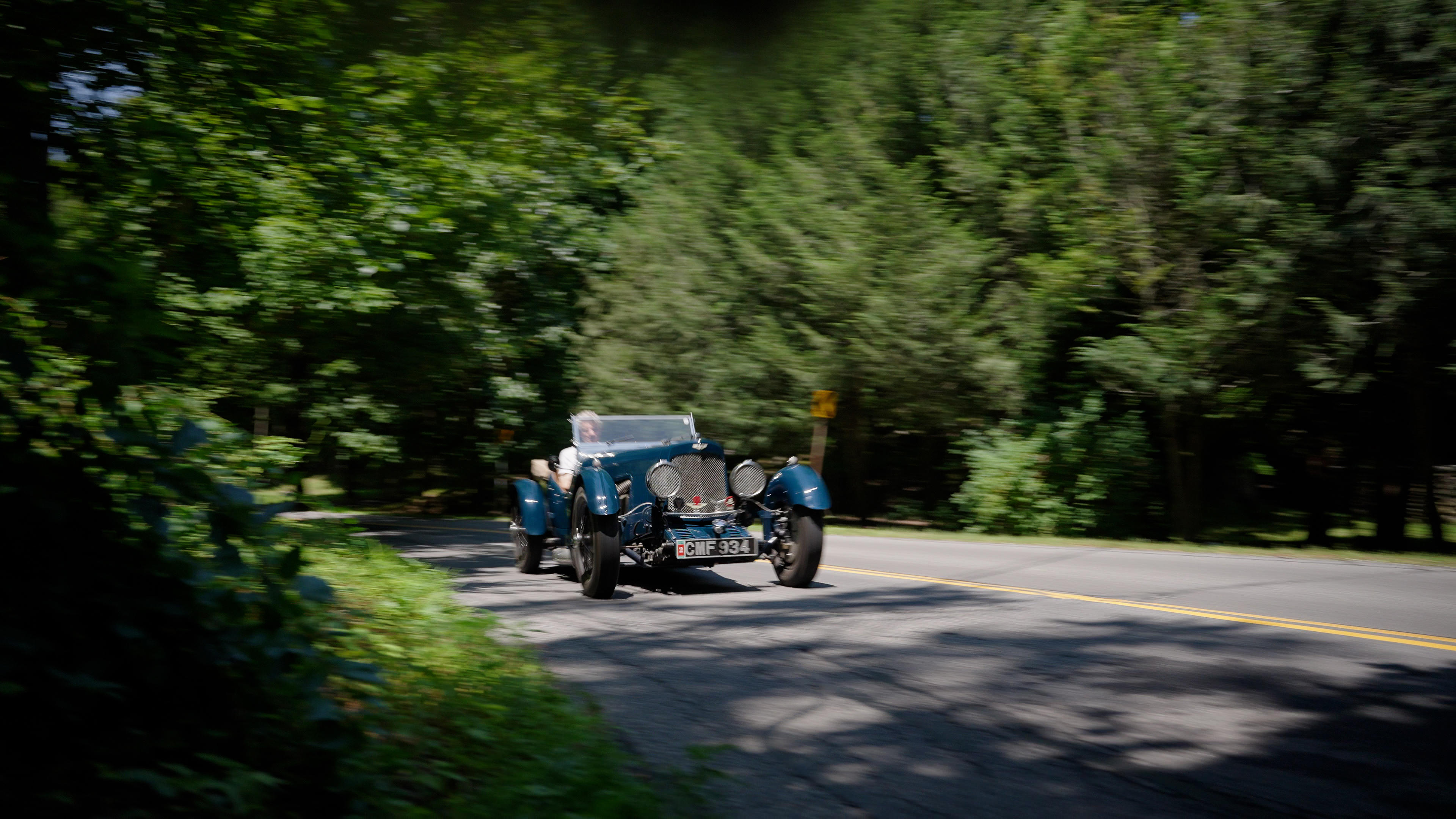
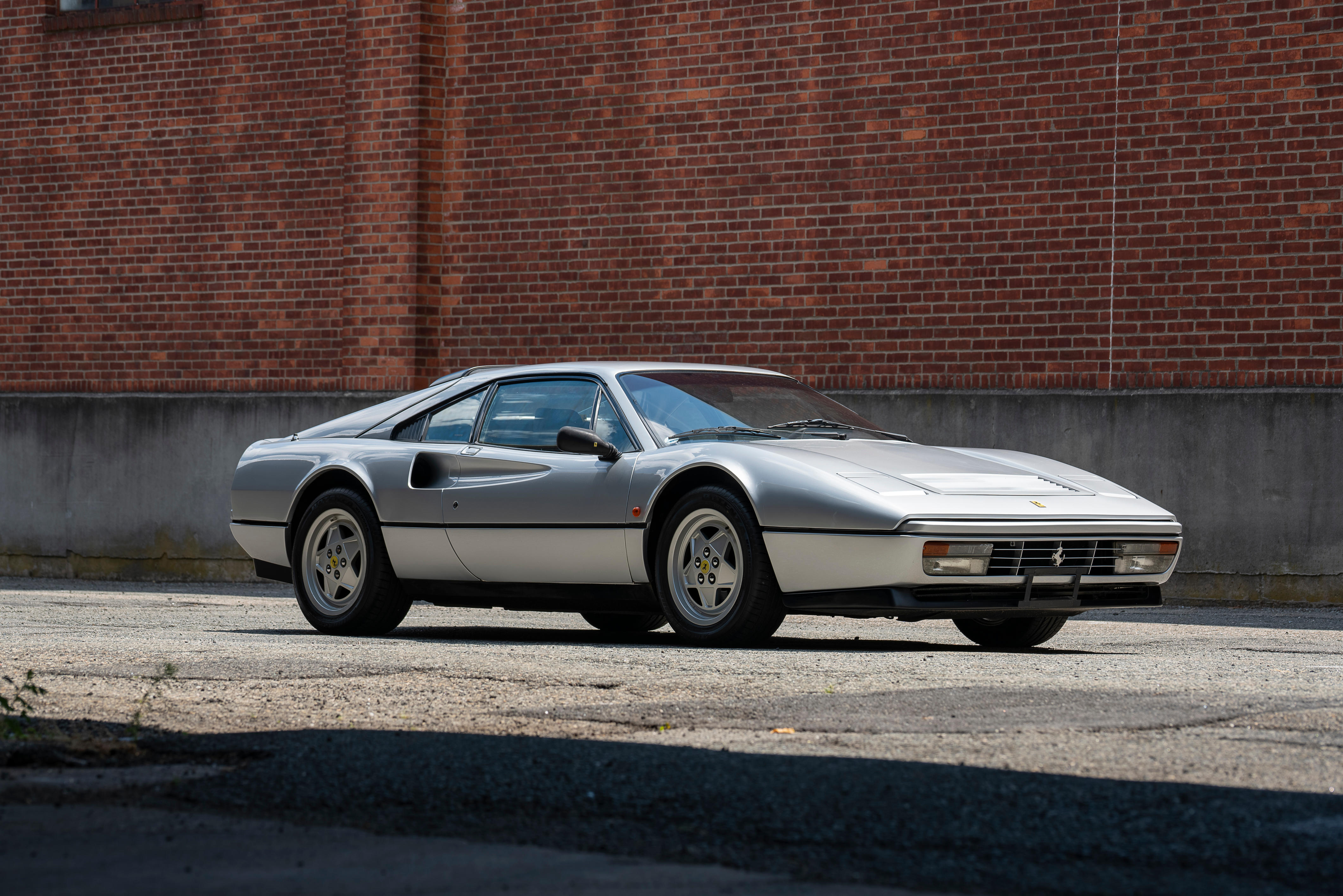
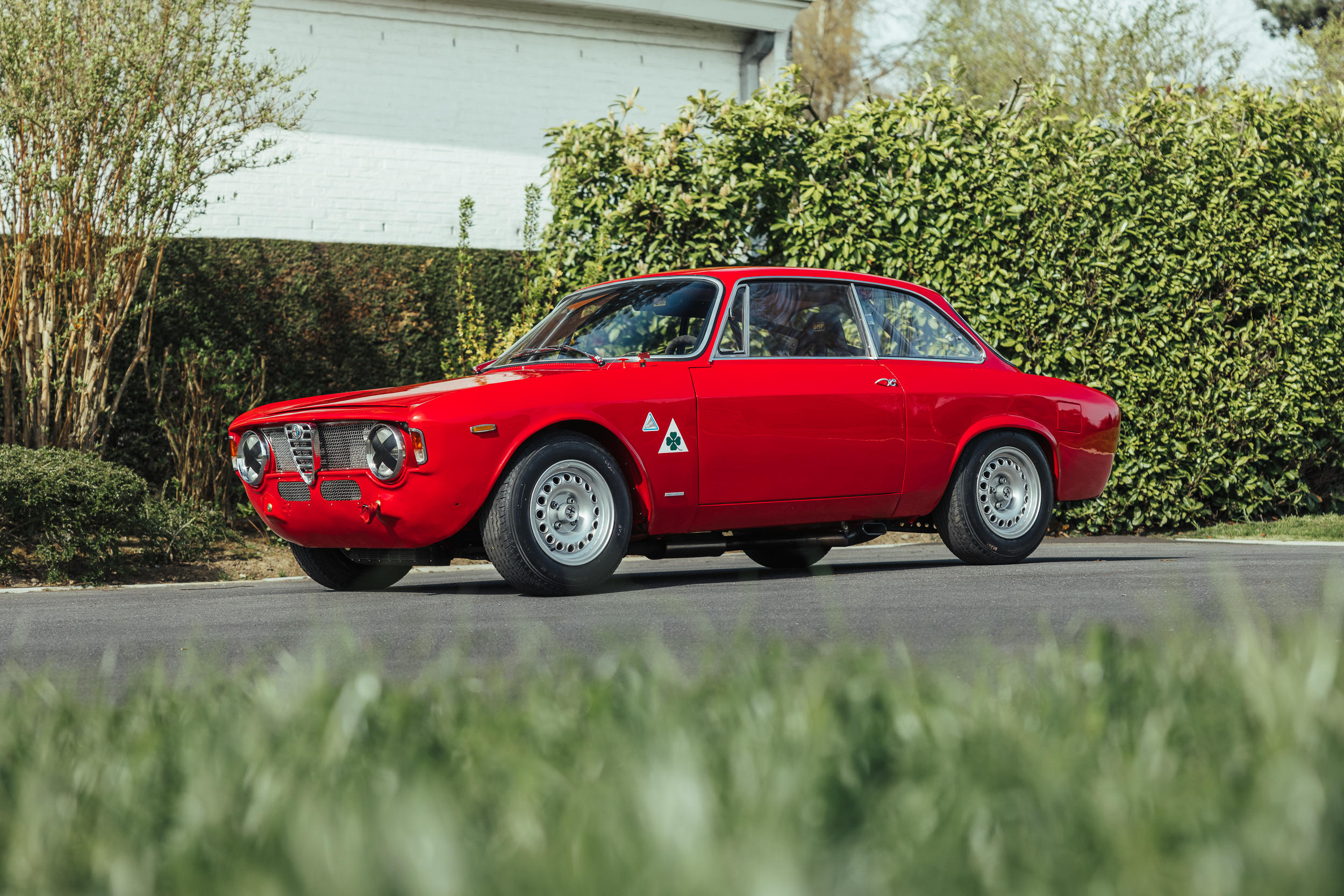
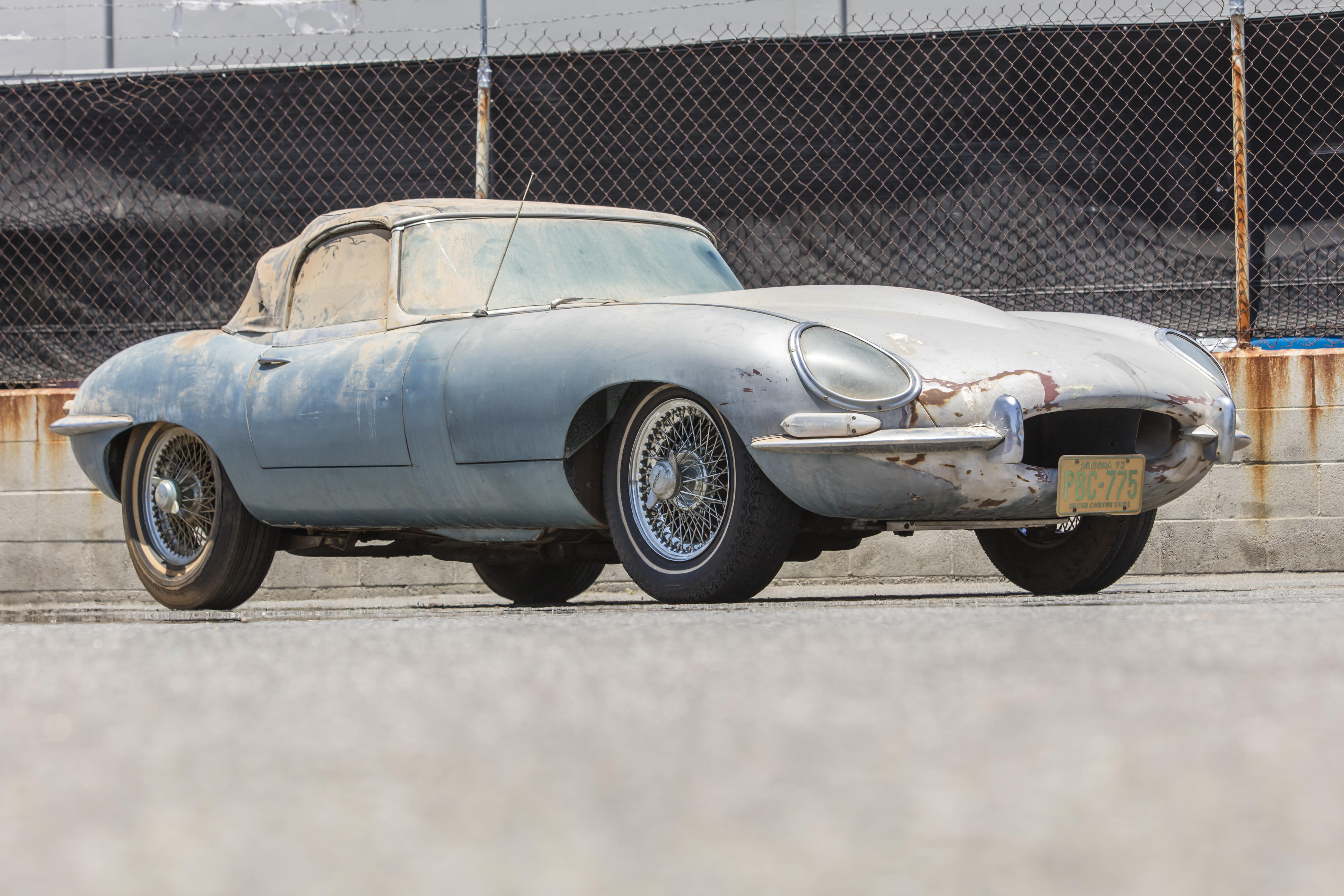
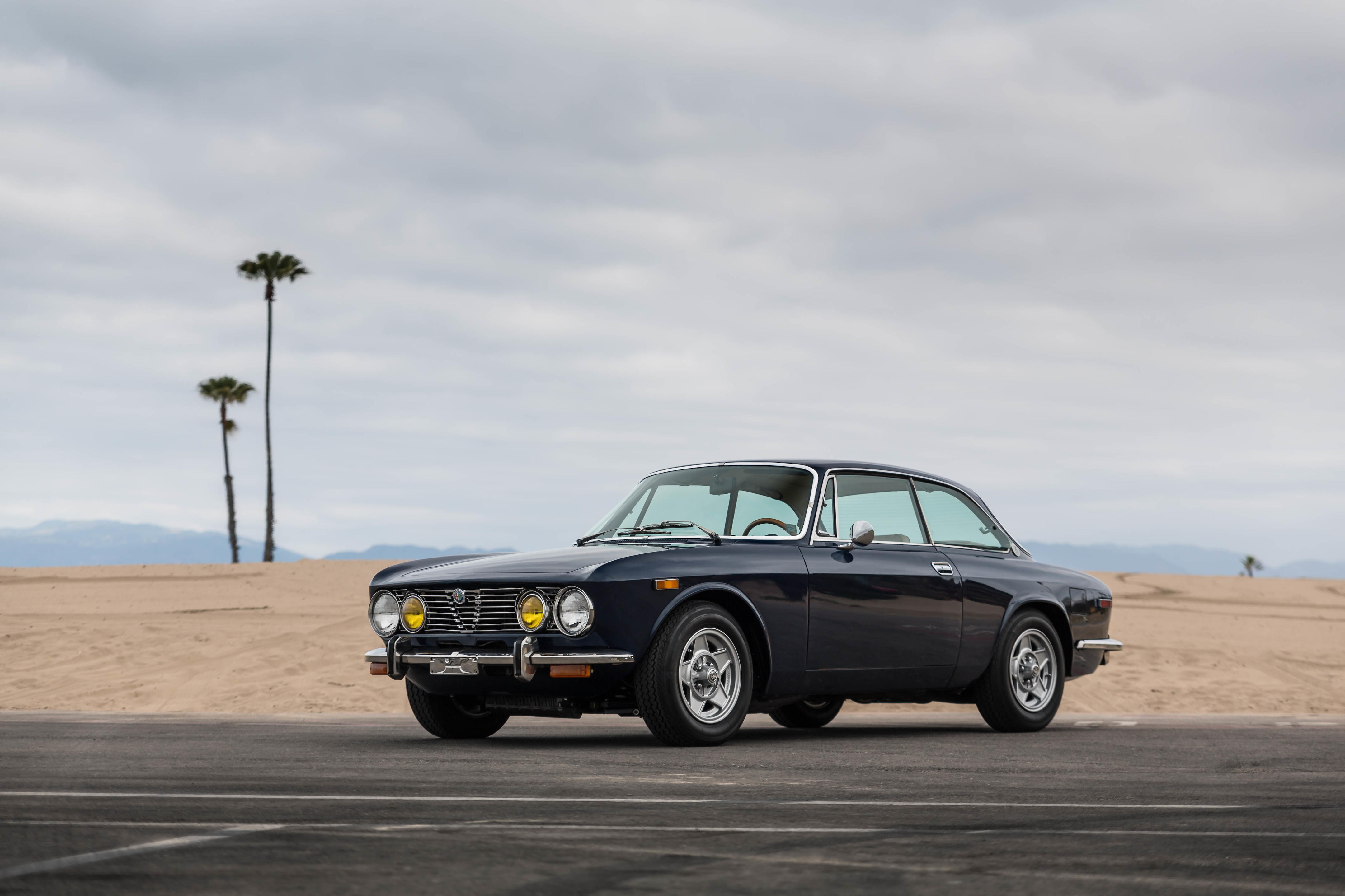
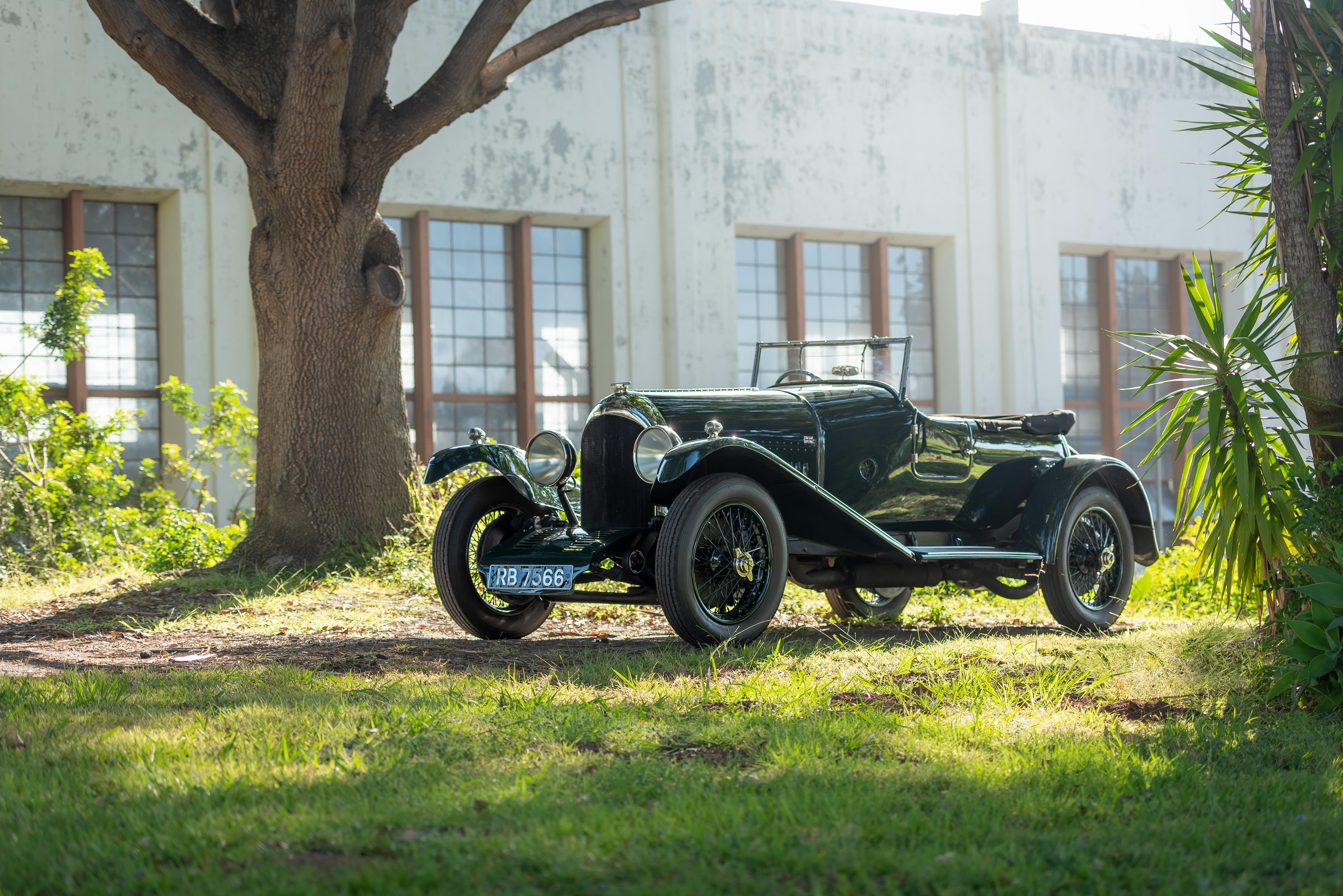
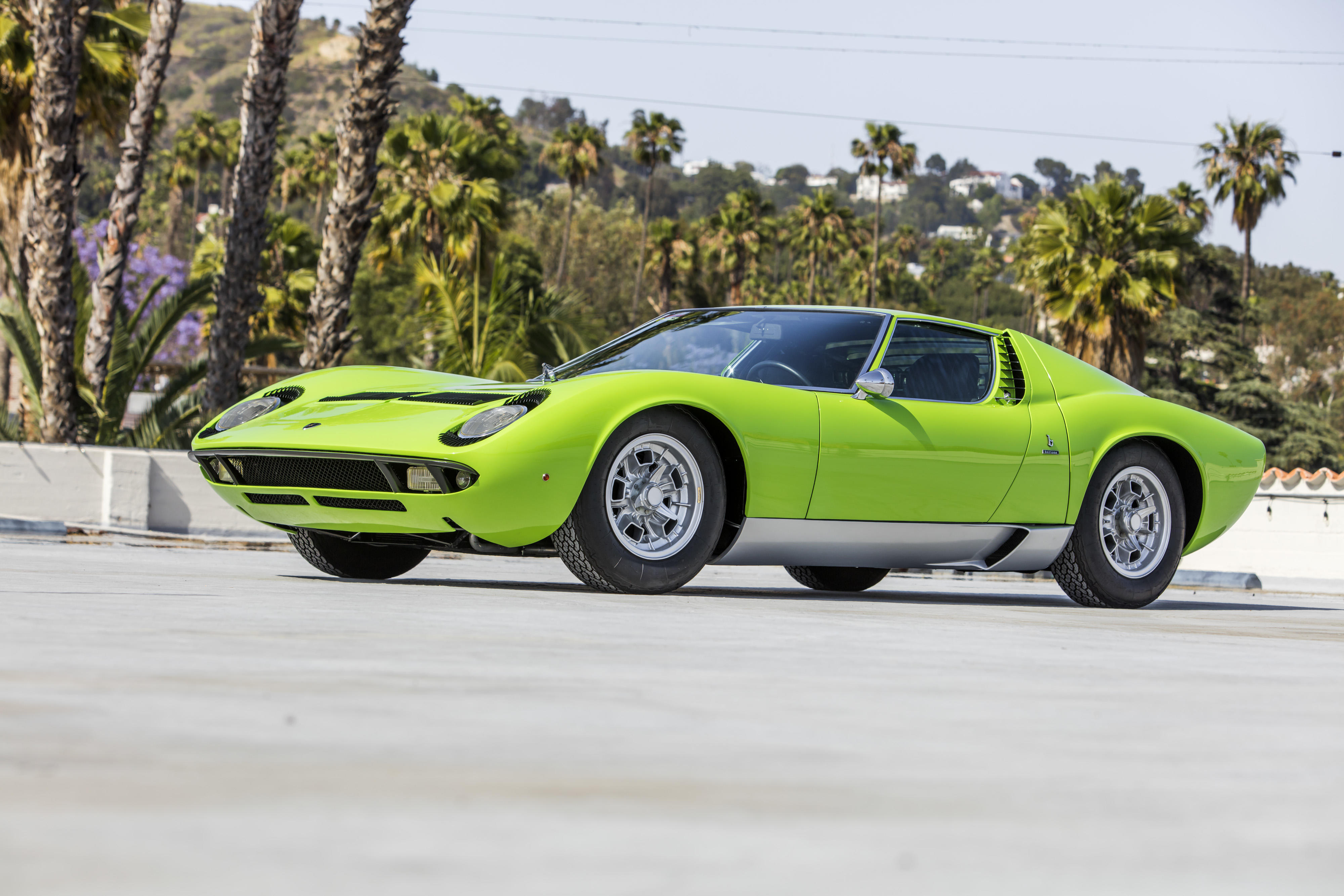

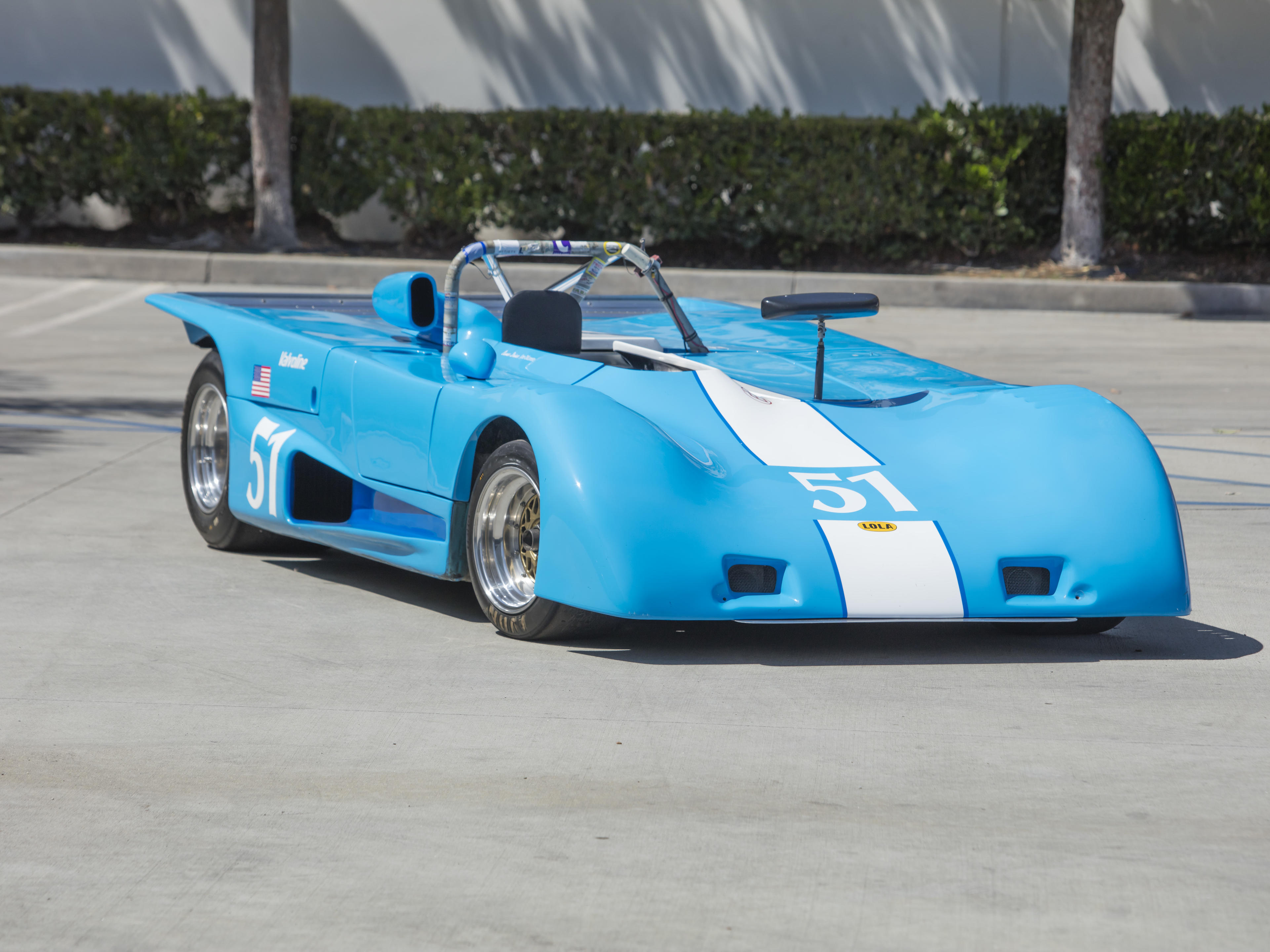
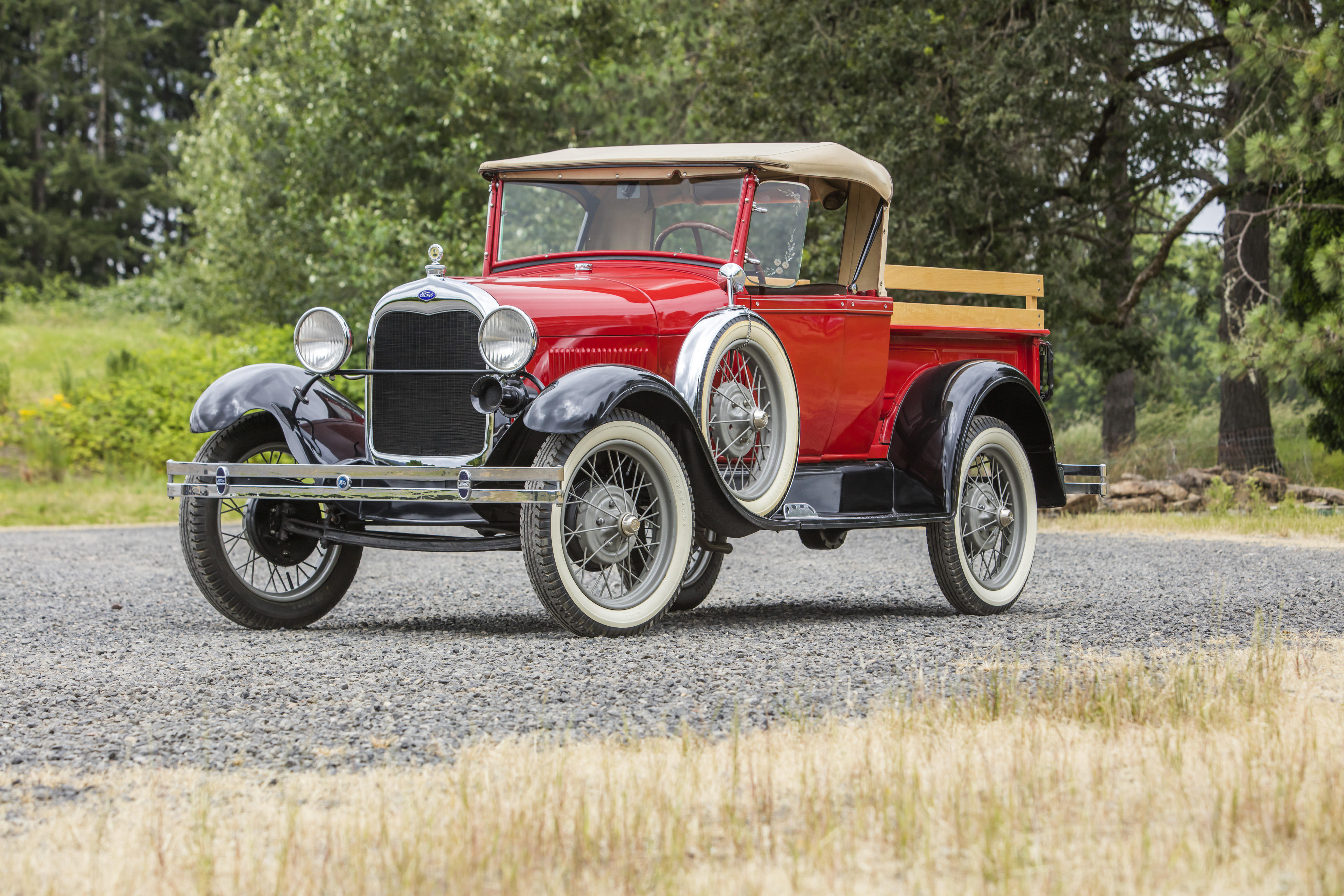
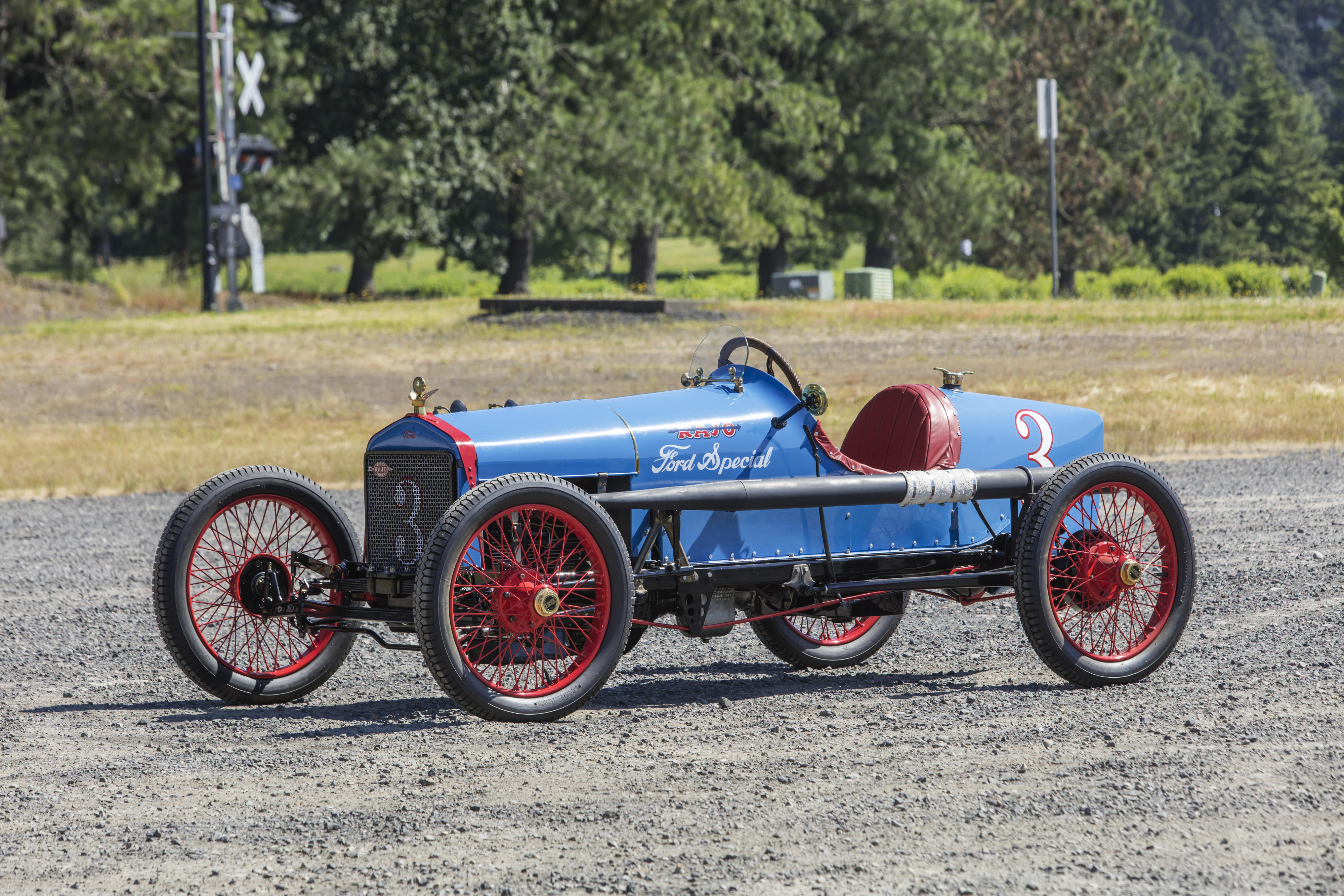
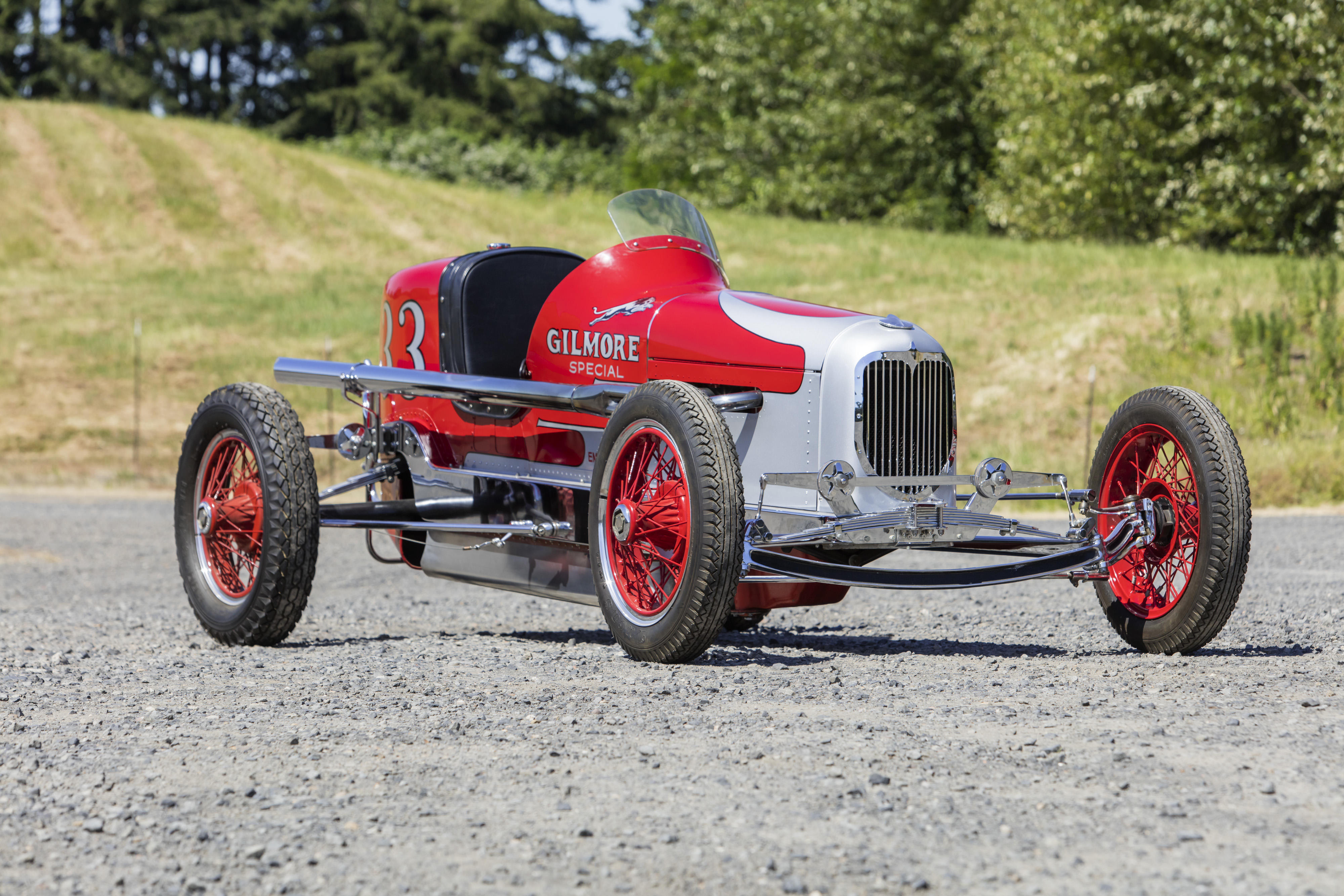

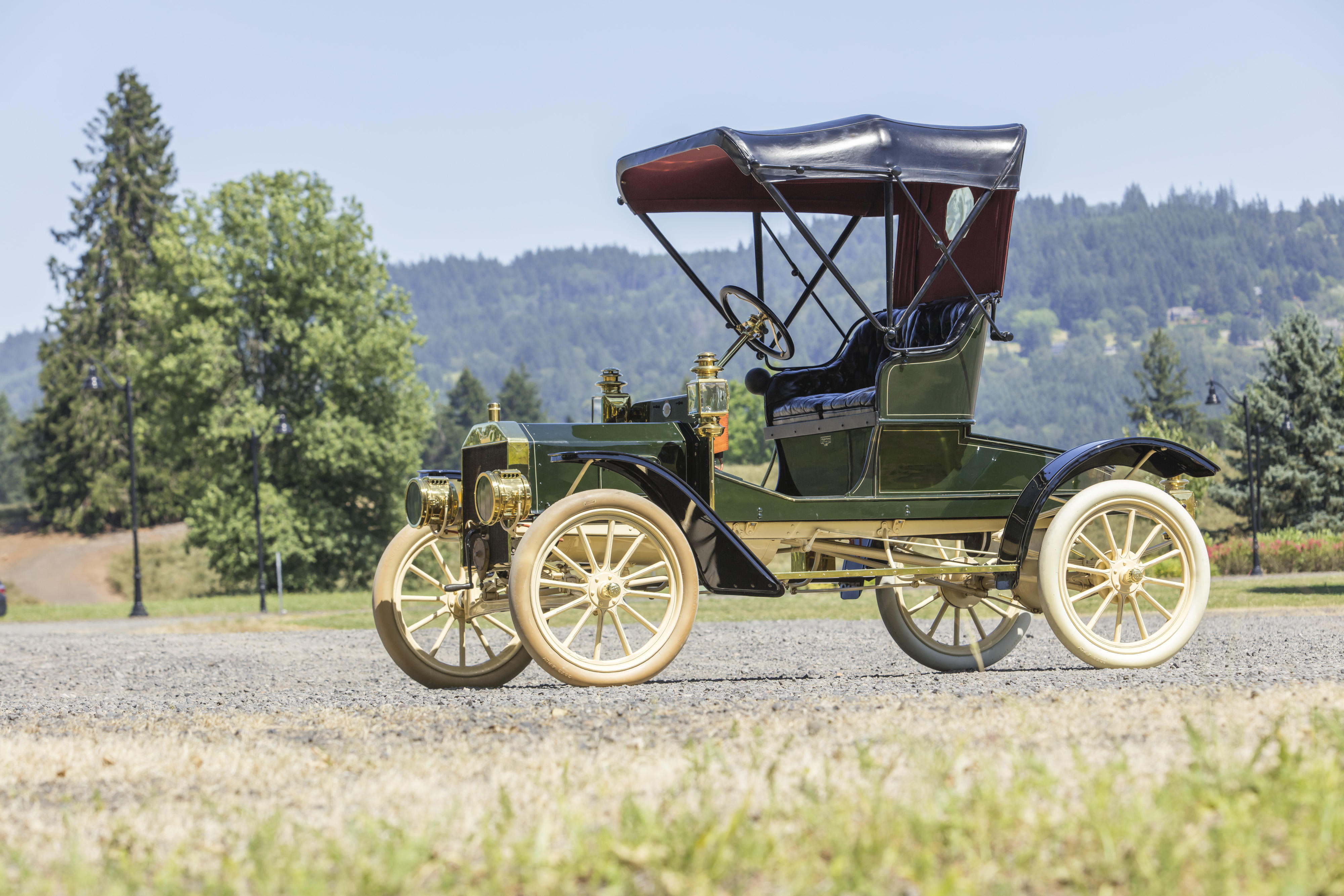
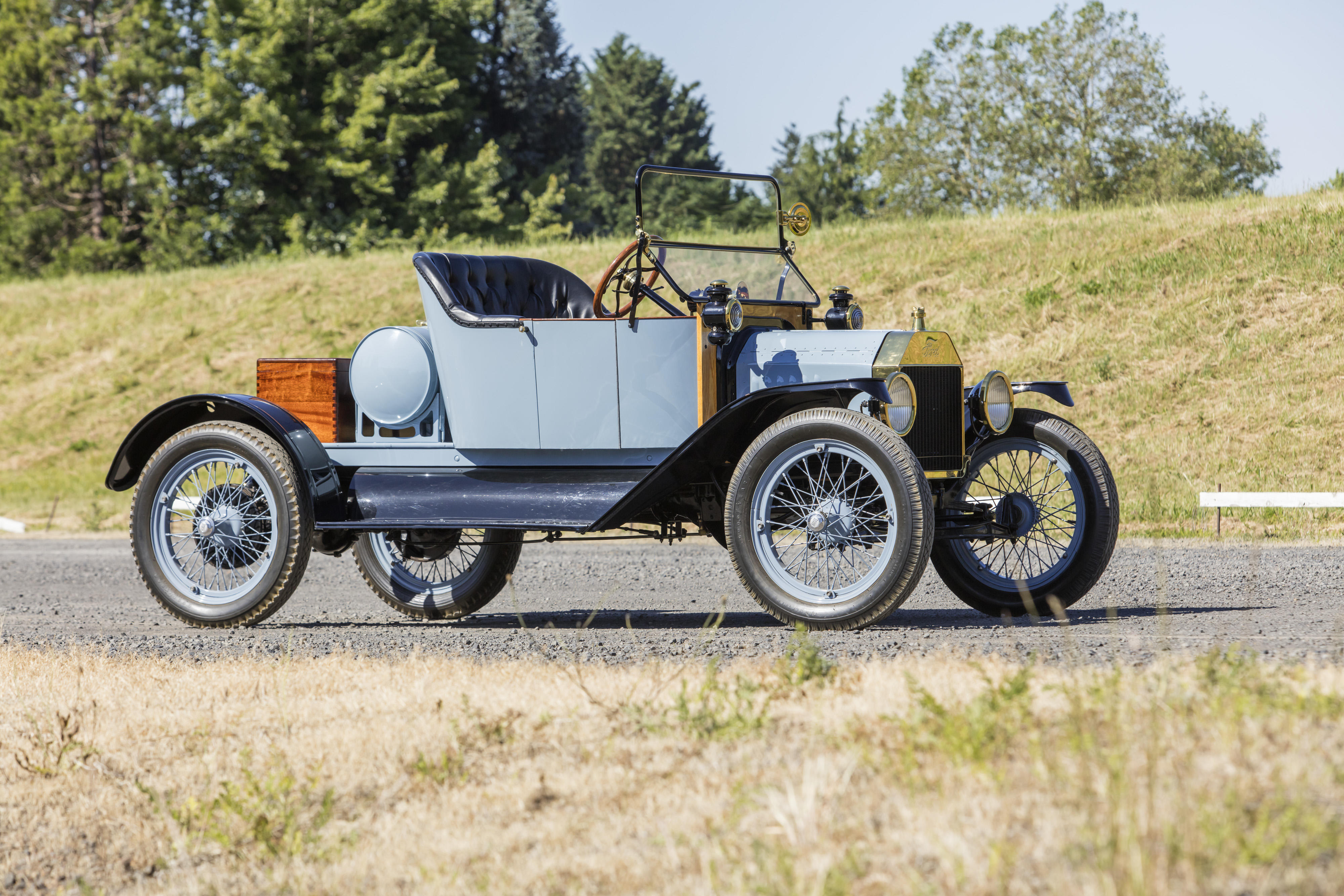
Try LotSearch and its premium features for 7 days - without any costs!
Be notified automatically about new items in upcoming auctions.
Create an alert